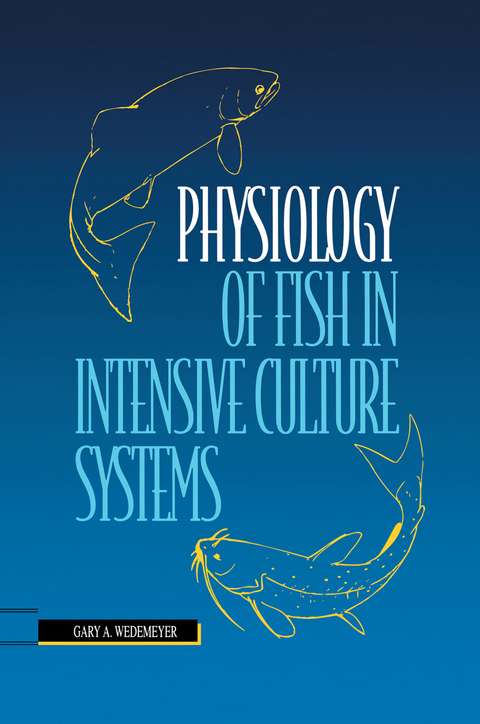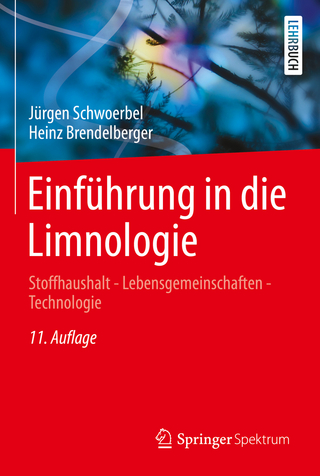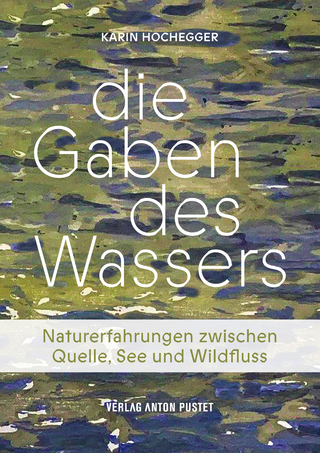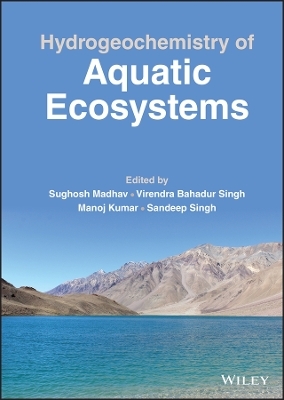
Physiology of Fish in Intensive Culture Systems
Springer-Verlag New York Inc.
978-1-4613-7754-2 (ISBN)
Preface. Acknowledgements. List of Scientific Names. Chapter 1: Introduction: Historical perspective; The aquatic environment; The intensive culture environment. Chapter 2: Basic physiological functions: Introduction; Respiration and oxygen consumption; Blood and circulation; Osmoregulation; Parr-smolt transformation; Feeding, digestion, excretion; Immune protection; Stress response. Chapter 3: Effects of water quality conditions: Introduction; Water quality requirements: acidity; alkalinity; ammonia; carbon dioxide; chlorine; dissolved oxygen; hardness; heavy metals; hydrogen sulfide; nitrate, nitrite; supersaturation; temperature; Total dissolved solids, salinity; Total suspended solids, turbidity; summary; Disease problems associated with water quality conditions: Gas bubble disease (Gas bubble trauma); Methemoglobinemia (Brown blood disease); Visceral granuloma and nephrocalcinosis; Blue sac disease (Hydrocele embronalis); White spot (Coagualted yolk) disease; Soft shell disease (Soft egg disease); Algal toxins. Chapter 4: Effects of fish cultural procedures: Introduction; Crowding; Transportation; Formulated diets/adventitious toxins; Effects of smolt development; Chapter 5: Biological interactions during rearing: Introduction; Interactions between fish; Interactions between fish and microorganisms: fish-pathogens-environment relationship; Infection into disease:mechanisms; Stress-mediated diseases; Diseases as indicators of environmental quality; Managing biological interactions to prevent diseases. Chapter 6: Methods to minimize pathogen exsposure: Introduction; Biological methods; water treatment systems: Chloration; Ultraviolet light; ozone. Introduction: Basic physiological functions; Effects of water quality conditions; Effects of fish cultural procedures; Biological interactions during rearing; Methods to minimize pathogen exposure.
| Zusatzinfo | XVII, 232 p. |
|---|---|
| Verlagsort | New York, NY |
| Sprache | englisch |
| Maße | 152 x 229 mm |
| Gewicht | 379 g |
| Themenwelt | Naturwissenschaften ► Biologie ► Limnologie / Meeresbiologie |
| Naturwissenschaften ► Biologie ► Ökologie / Naturschutz | |
| Naturwissenschaften ► Biologie ► Zoologie | |
| ISBN-10 | 1-4613-7754-4 / 1461377544 |
| ISBN-13 | 978-1-4613-7754-2 / 9781461377542 |
| Zustand | Neuware |
| Haben Sie eine Frage zum Produkt? |
aus dem Bereich


